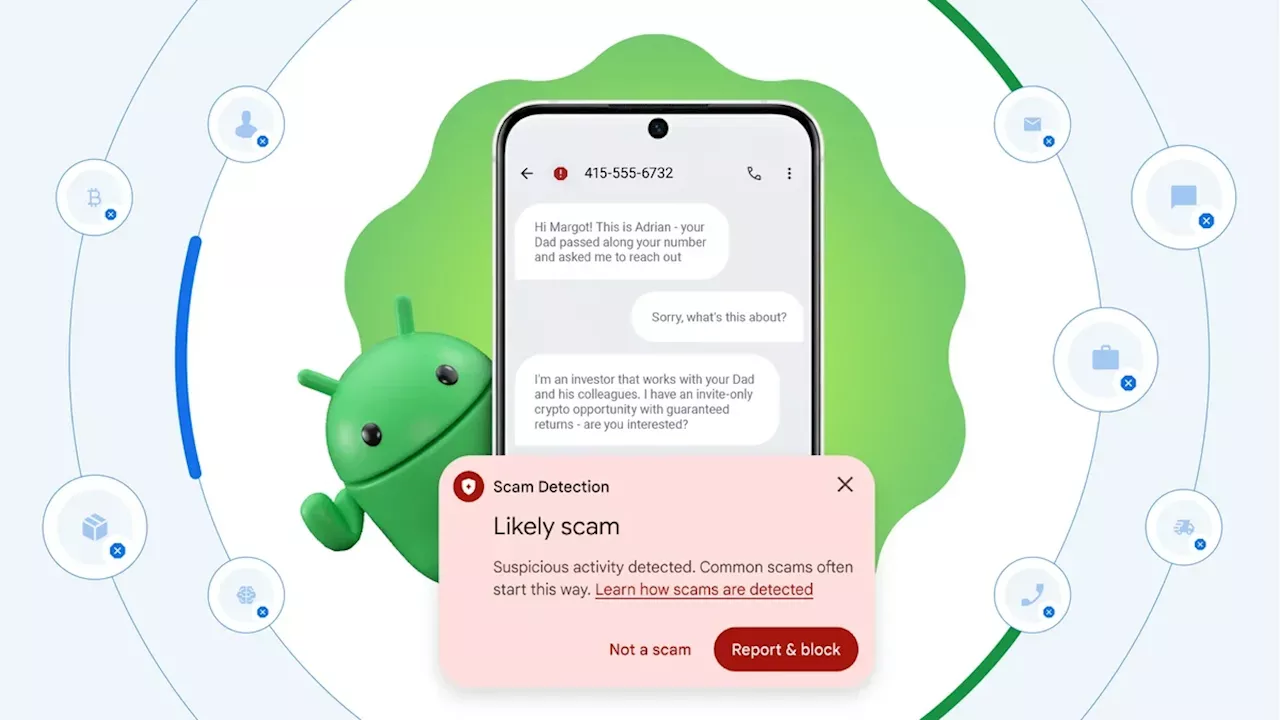Technology
FCC Chairman Proposes Rule Change to Combat Spam Calls

In a significant move to tackle the growing problem of spam and scam calls, FCC Chairman Brendan Carr announced the proposal of new rules that would prohibit the “masking” of phone call origins. This initiative aims to protect American consumers from fraudulent calls that often appear to originate from familiar U.S. area codes.
Chairman Carr emphasized the issue in a tweet, stating that “robocallers located abroad have been tricking Americans into picking up their phones by displaying U.S. area codes.” This tactic exploits people’s familiarity with local numbers, increasing the likelihood they will answer the call. The proposed rules are part of a broader effort by the Federal Communications Commission to crack down on illegal robocalls, which have surged in recent years.
Impact and Timeline for Implementation
The FCC estimates that U.S. consumers received approximately 4.2 billion robocalls last year, with a significant portion originating from outside the country. These calls often include scams related to fake tech support or financial threats, such as claims of owing money to the IRS. Vulnerable populations, particularly senior citizens, frequently fall victim to such schemes.
The proposed rules aim to not only safeguard consumers but also encourage legitimate businesses that utilize overseas call centers to consider bringing their operations back to the U.S. Carr noted that if these regulations lead to more businesses onshoring, it would provide an economic benefit by creating jobs for Americans.
The FCC will open a 45-day comment period for stakeholders, including telecommunications providers, consumer advocacy groups, and the public, to express their views on the proposed rules. A formal vote on the final rule could take place as early as next spring. If approved, the FCC plans to implement the changes gradually over an 18-month period, allowing wireless providers time to adjust their systems accordingly.
Smartphone Features to Combat Spam
Alongside regulatory measures, smartphone users can take advantage of built-in features to help filter out spam and scam calls. Both iOS and Android devices offer functionalities designed to intercept unwanted calls. For iPhone users, enabling “Silence Unknown Callers” in the settings allows calls from unsaved numbers to be silenced and sent directly to voicemail.
Meanwhile, Android users can access similar options through the Google Phone app. By activating “Caller ID & spam” settings, calls identified as spam will not ring and will instead be directed to voicemail. For those using Pixel devices, the “Scam Detection” feature can alert users to potential scams based on calling patterns.
As the FCC continues its efforts to combat the growing issue of spam and scam calls, the combination of regulatory action and consumer technology may lead to a safer communication landscape for Americans. Many individuals have expressed their frustration with these intrusive calls, and the proposed rules could represent a significant step forward in addressing this persistent problem.
In summary, the FCC’s proposed rule changes, led by Chairman Brendan Carr, aim to enhance consumer protection against deceptive calling practices. By eliminating the ability for scammers to mask call origins, the initiative could significantly reduce the number of spam calls reaching American consumers while also potentially bolstering the U.S. job market.
-

 Technology5 months ago
Technology5 months agoDiscover the Top 10 Calorie Counting Apps of 2025
-

 Health3 months ago
Health3 months agoBella Hadid Shares Health Update After Treatment for Lyme Disease
-

 Health3 months ago
Health3 months agoErin Bates Shares Recovery Update Following Sepsis Complications
-

 Technology4 months ago
Technology4 months agoDiscover How to Reverse Image Search Using ChatGPT Effortlessly
-

 Technology1 month ago
Technology1 month agoDiscover 2025’s Top GPUs for Exceptional 4K Gaming Performance
-

 Technology3 months ago
Technology3 months agoElectric Moto Influencer Surronster Arrested in Tijuana
-

 Technology5 months ago
Technology5 months agoMeta Initiates $60B AI Data Center Expansion, Starting in Ohio
-

 Technology5 months ago
Technology5 months agoRecovering a Suspended TikTok Account: A Step-by-Step Guide
-

 Health4 months ago
Health4 months agoTested: Rab Firewall Mountain Jacket Survives Harsh Conditions
-

 Lifestyle5 months ago
Lifestyle5 months agoBelton Family Reunites After Daughter Survives Hill Country Floods
-

 Health3 months ago
Health3 months agoAnalysts Project Stronger Growth for Apple’s iPhone 17 Lineup
-

 Technology4 months ago
Technology4 months agoHarmonic Launches AI Chatbot App to Transform Mathematical Reasoning





















